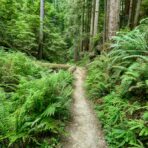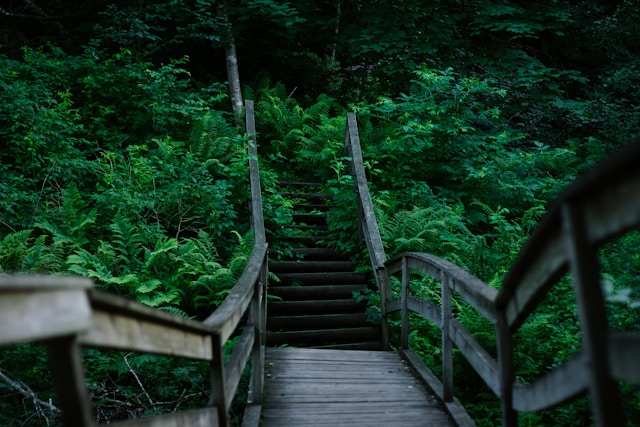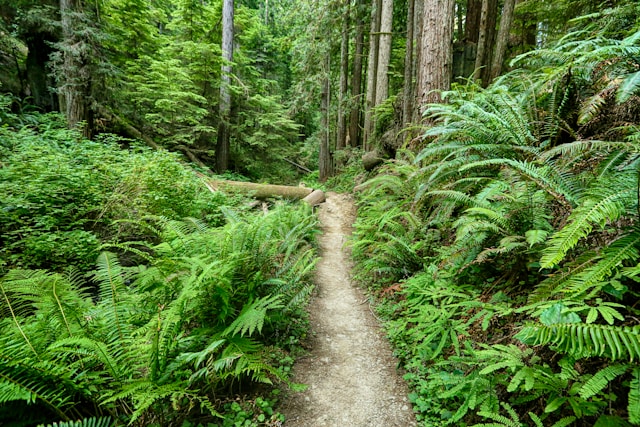Nestled in the picturesque Marlborough Sounds near Picton, New Zealand, Kaipupu Point Sanctuary stands as a beacon of hope for the restoration and preservation of native flora. This sanctuary, driven by community efforts and a passion for conservation, is meticulously working to bring back the indigenous plants that once flourished in this region. Through dedicated efforts, innovative strategies, and unwavering commitment, Kaipupu Point is restoring the balance of its ecosystem, ensuring that native flora thrives once again.
The Importance of Native Flora
Native flora forms the backbone of any ecosystem. In New Zealand, these plants have evolved over millions of years, adapting to the unique climatic and geological conditions of the region. They play a crucial role in maintaining the ecological balance, providing habitat and food for native fauna, and supporting the overall health of the environment. However, the introduction of invasive species, deforestation, and other human activities have severely impacted these native plants, leading to a decline in biodiversity and the disruption of natural processes.
Challenges Faced
Kaipupu Point, like many other conservation areas, has faced significant challenges in its mission to restore native flora. Invasive plant species, such as gorse and wilding pines, have taken root, outcompeting native plants for resources and space. These invasive species not only threaten the survival of indigenous plants but also alter soil composition and water availability, further hindering the growth of native flora. Additionally, historical deforestation has left large areas barren, requiring extensive replanting efforts to re-establish native vegetation.
Community-Driven Conservation Efforts
The success of Kaipupu Point’s restoration efforts can be attributed to the tireless work of local volunteers and the wider community. This grassroots approach has fostered a sense of ownership and pride among residents, encouraging active participation in conservation activities. Regular planting days are organized, where volunteers gather to plant native trees, shrubs, and grasses. These events not only contribute to the physical restoration of the sanctuary but also educate participants about the importance of native flora and the need for ongoing conservation efforts.
Innovative Restoration Strategies
To combat the challenges posed by invasive species and degraded land, Kaipupu Point employs a variety of innovative restoration strategies. One such approach is the use of eco-sourcing, which involves collecting seeds from local native plants to ensure that the new plantings are genetically suited to the specific conditions of the sanctuary. This method increases the likelihood of successful establishment and growth of native flora.
Another key strategy is the implementation of integrated pest management (IPM) techniques. This approach combines mechanical, biological, and chemical methods to control invasive species in a sustainable and environmentally friendly manner. For instance, manual removal of invasive plants is often complemented by the use of natural predators or targeted herbicides, minimizing the impact on non-target species and the surrounding environment.
Monitoring and Adaptation
Restoration is an ongoing process that requires constant monitoring and adaptation. At Kaipupu Point, regular surveys and assessments are conducted to track the progress of restoration efforts and identify areas that need additional attention. This data-driven approach allows for the fine-tuning of strategies and the implementation of timely interventions to address emerging challenges. Adaptive management practices ensure that the restoration efforts remain effective and responsive to changing environmental conditions.

The Impact of Restoration
The restoration of native flora at Kaipupu Point has far-reaching impacts beyond the boundaries of the sanctuary. As native plants reclaim the landscape, they provide crucial habitat and food sources for native fauna, including birds, insects, and reptiles. This, in turn, supports the overall biodiversity and resilience of the ecosystem. Healthy native flora also contribute to improved soil health, water quality, and carbon sequestration, playing a vital role in mitigating the effects of climate change.
Furthermore, the sanctuary serves as a living laboratory and an educational resource, inspiring other communities and conservation projects across New Zealand and beyond. The success of Kaipupu Point demonstrates the power of community-driven conservation and the profound impact it can have on restoring and preserving natural environments.
Looking Ahead
The journey of restoring native flora at Kaipupu Point is far from over. As the sanctuary continues to grow and evolve, so too will the challenges and opportunities it faces. Ongoing support from volunteers, donors, and partners is essential to sustain and expand these efforts. By continuing to work together, the community can ensure that Kaipupu Point remains a thriving haven for native flora and fauna, preserving the natural heritage of New Zealand for generations to come.
Kaipupu Point Sanctuary stands as a testament to the resilience of nature and the power of collective action. Through its dedicated efforts to restore native flora, it is not only bringing balance back to its own ecosystem but also serving as a beacon of hope and inspiration for conservation efforts worldwide.








